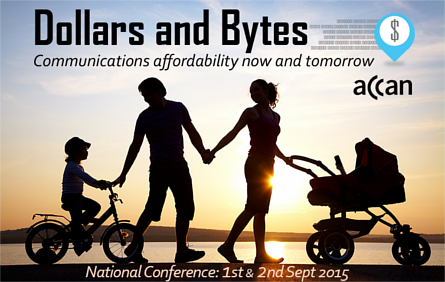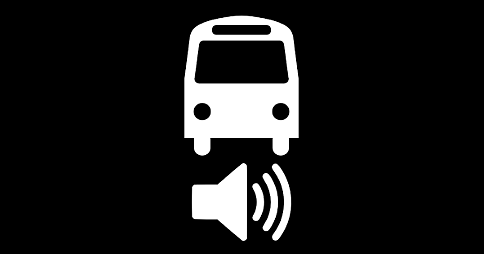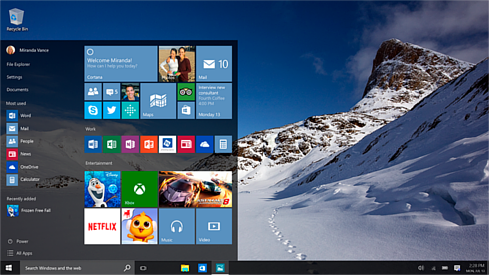US cable company launches talking TV guide

The ‘talking guide’, which features a female voice, reads out program titles and other information, network names, time slots and settings. It will be made available to all Comcast customers in the next few weeks.
Top of page








